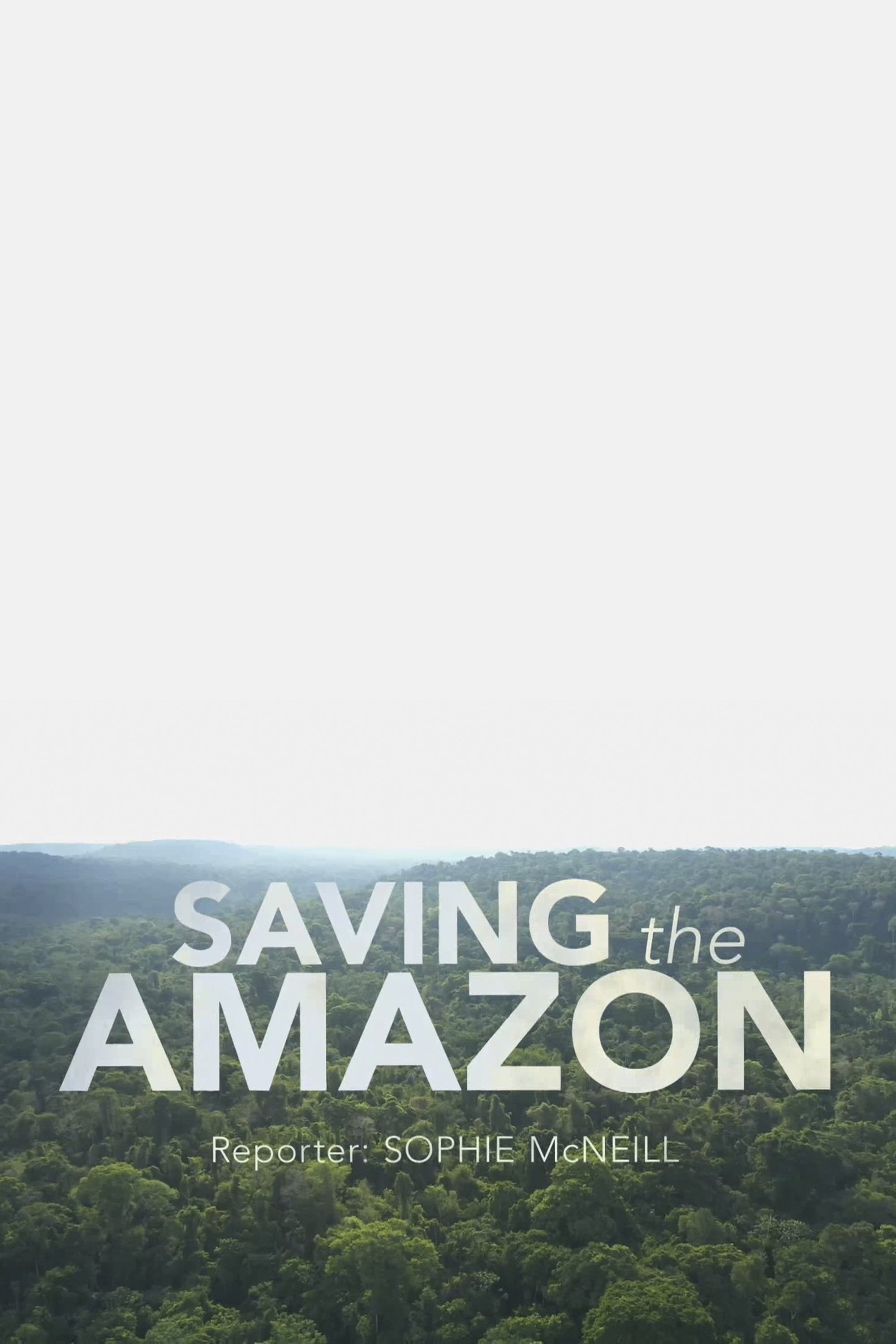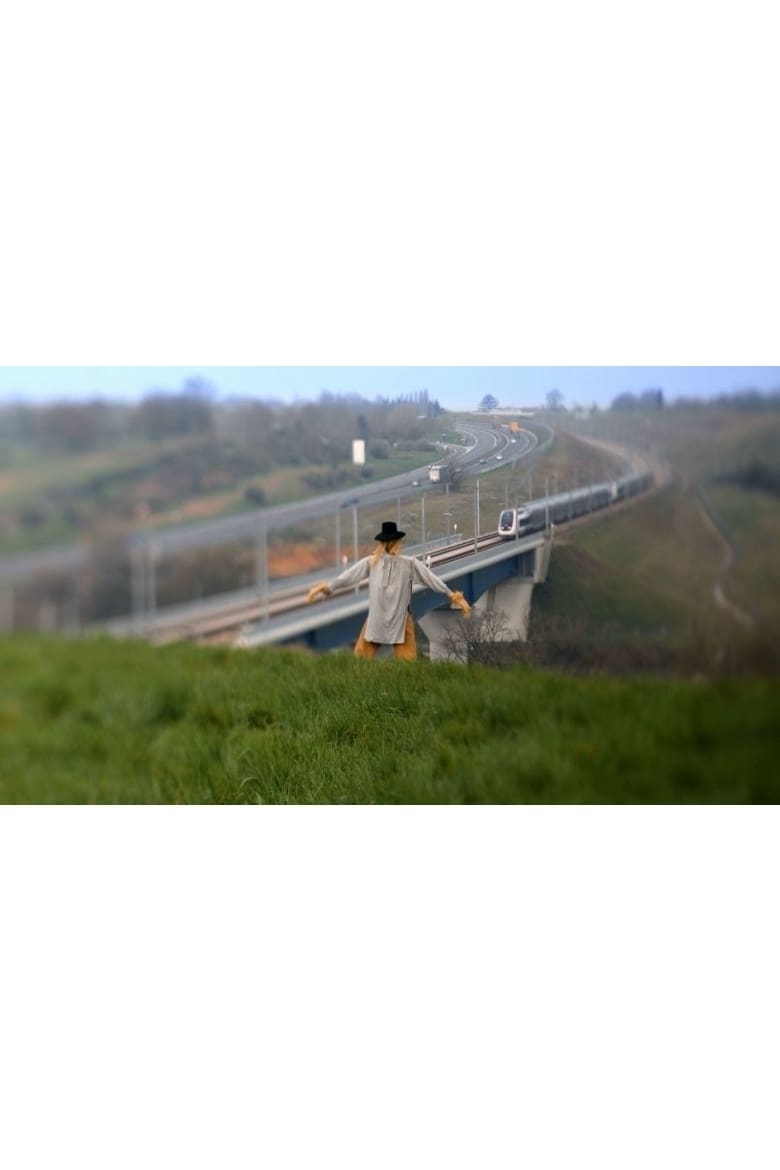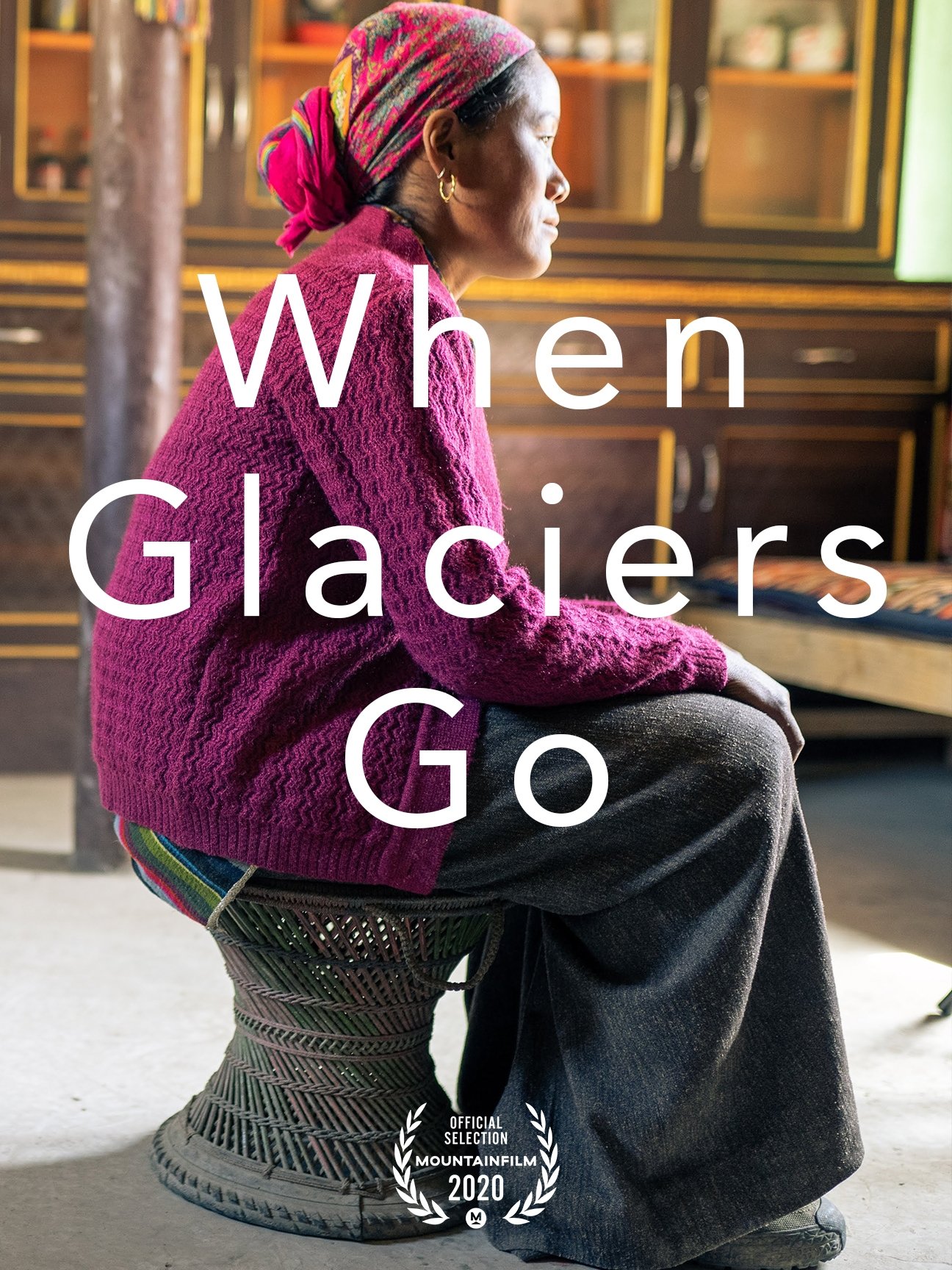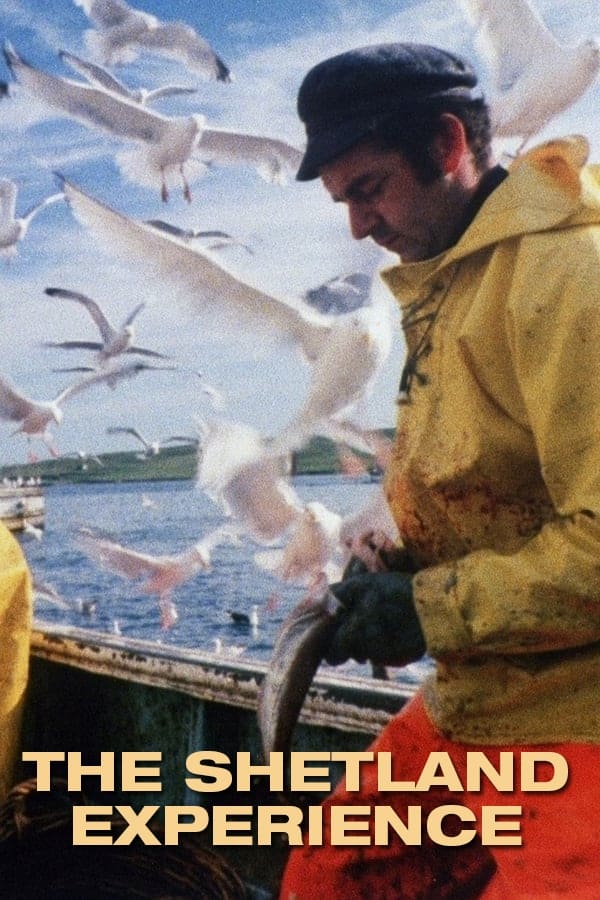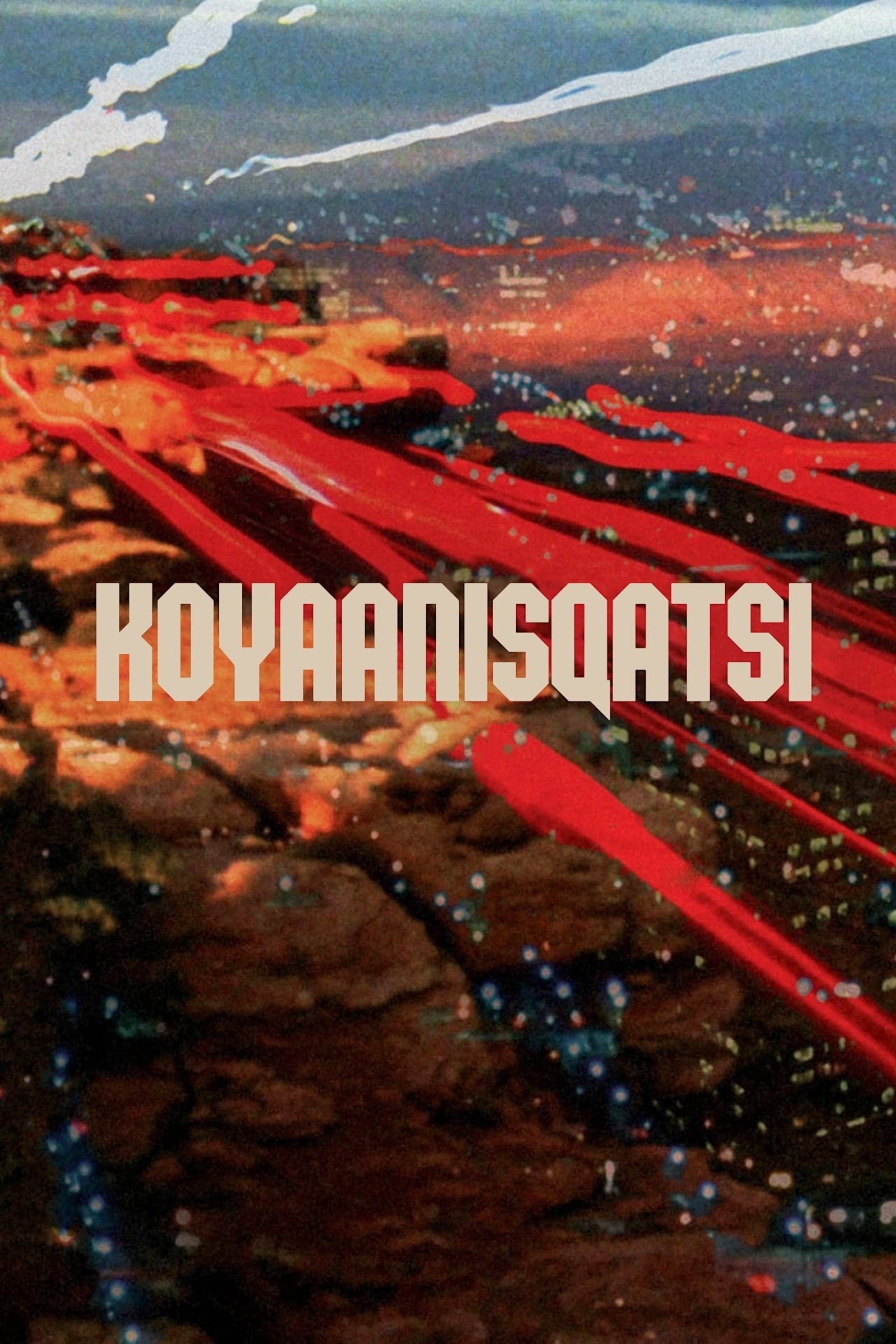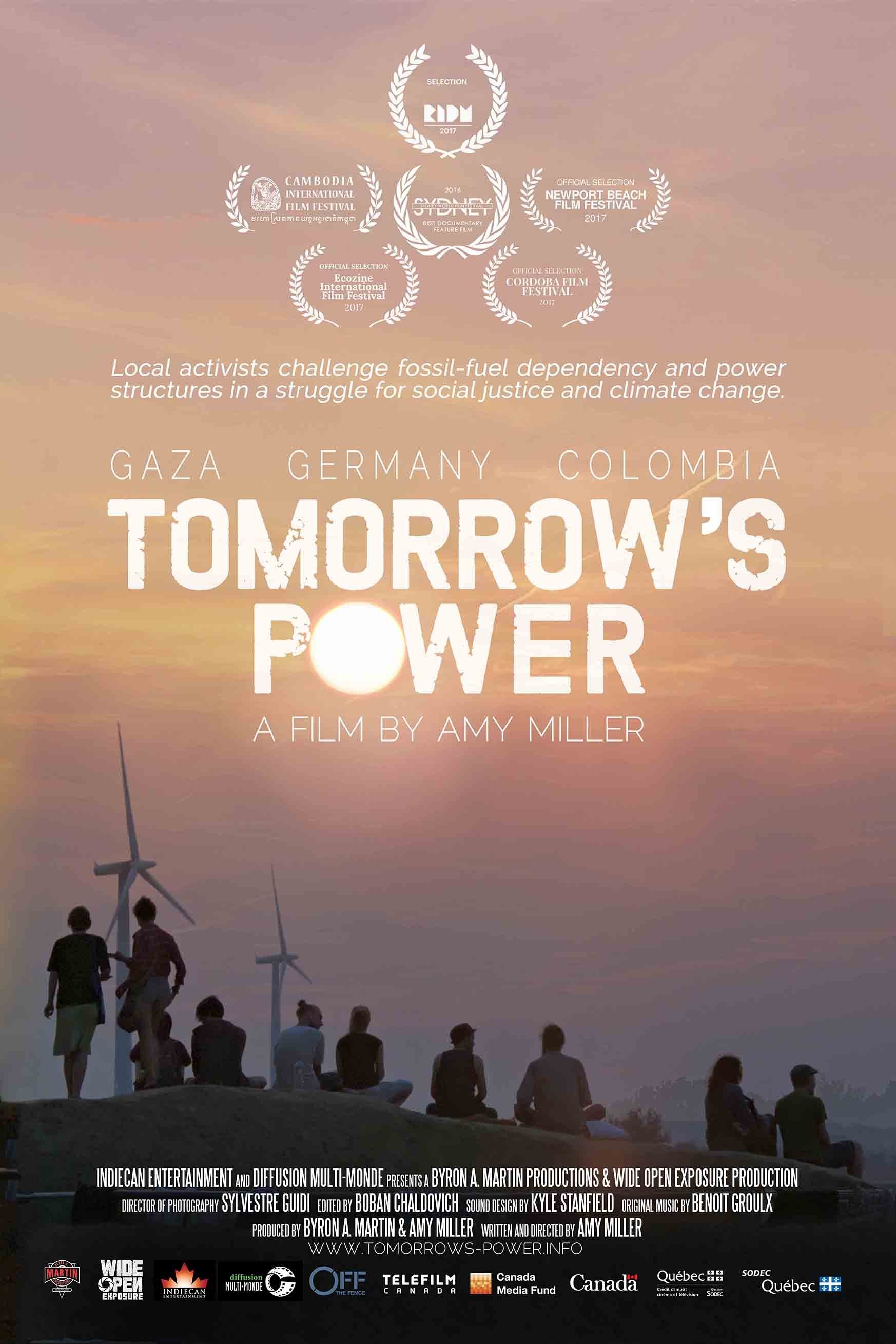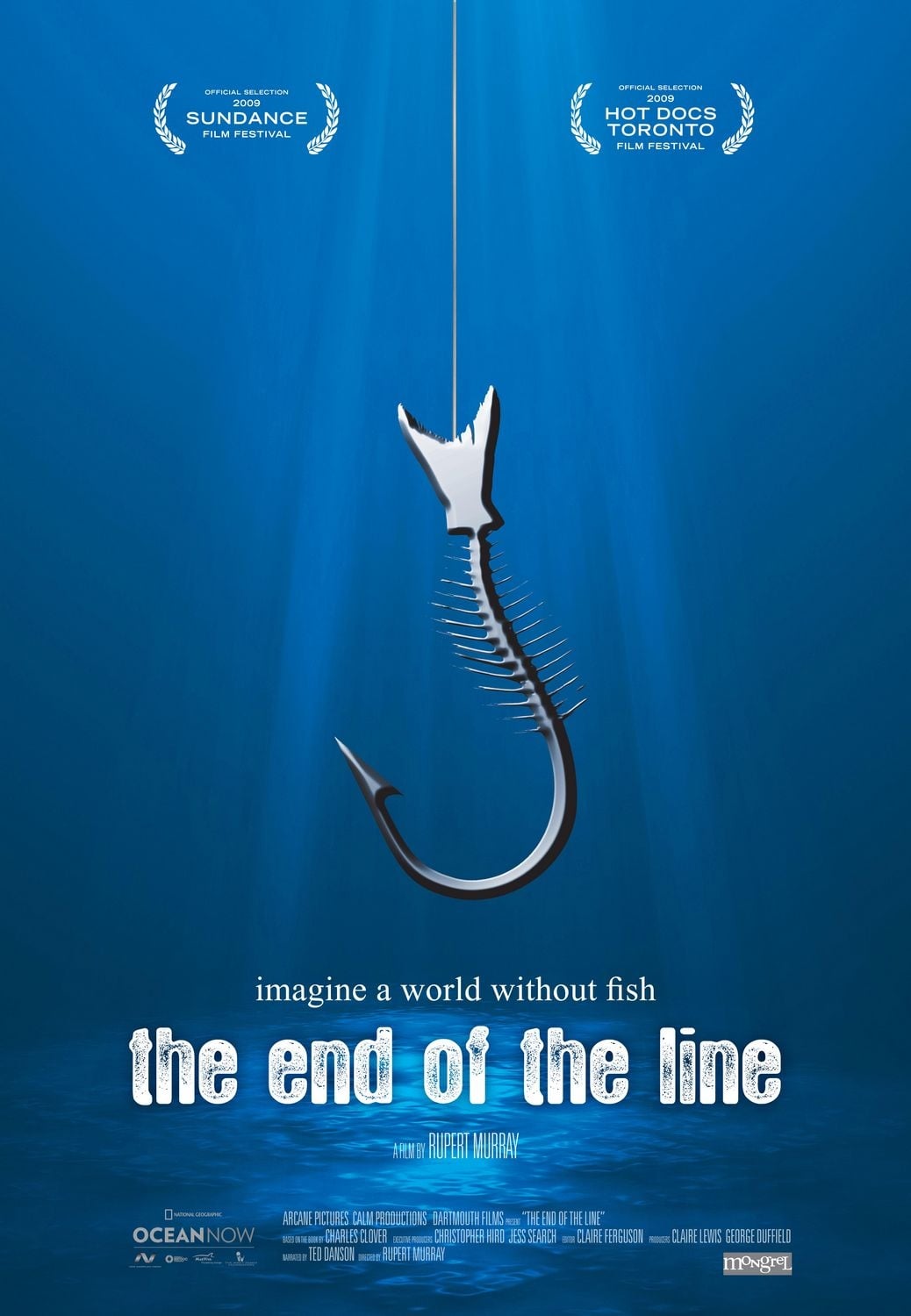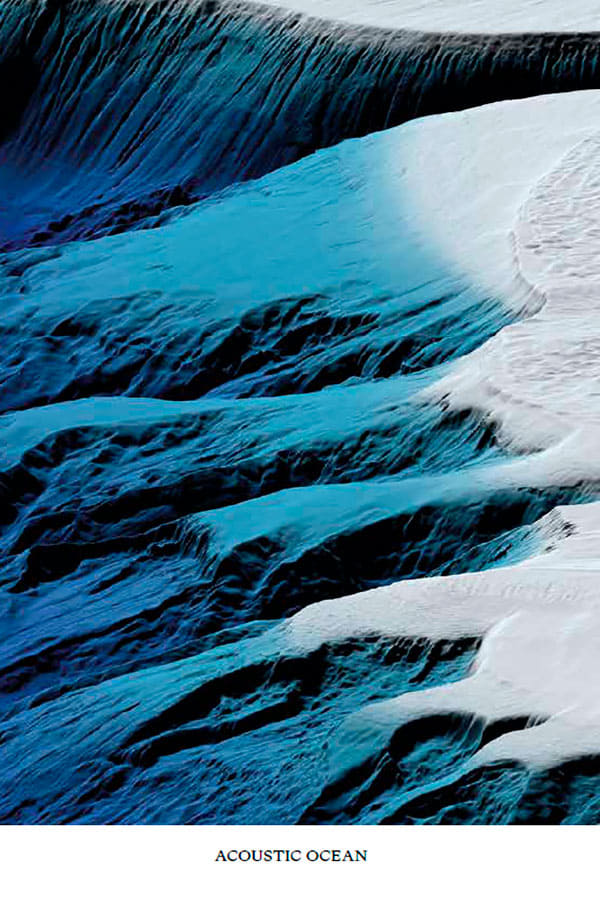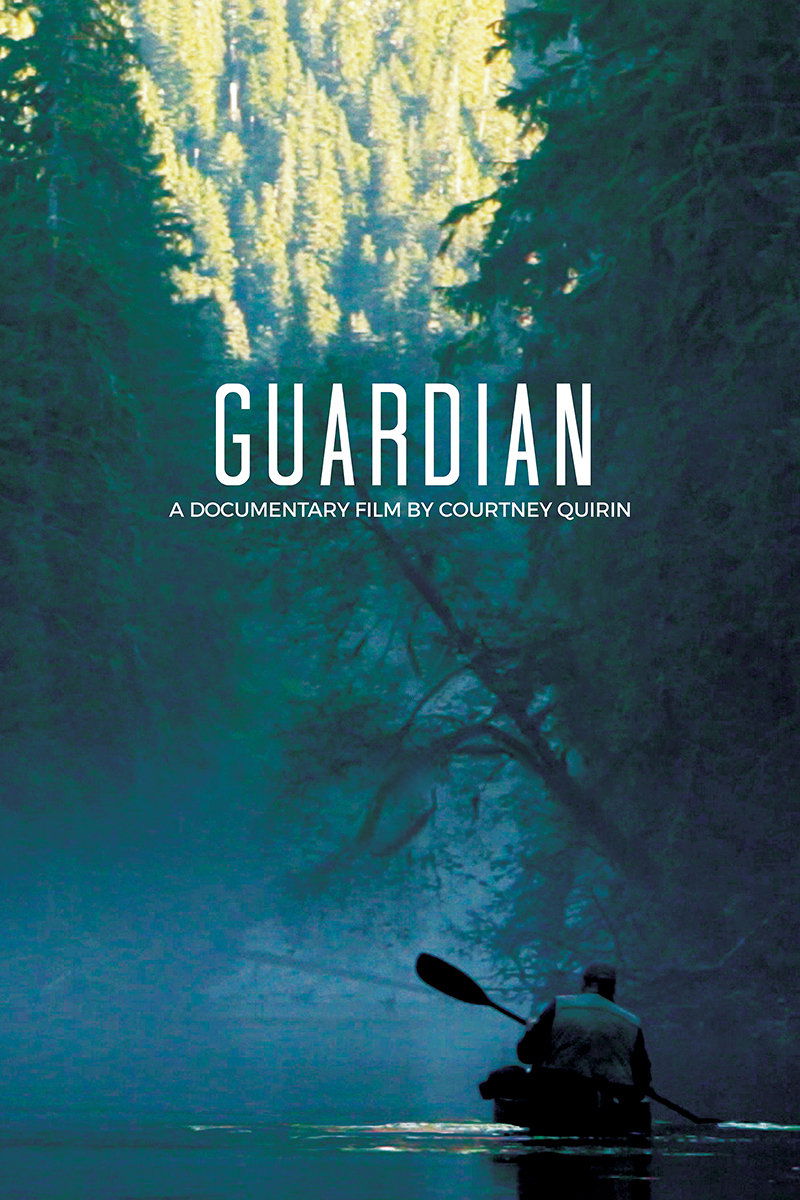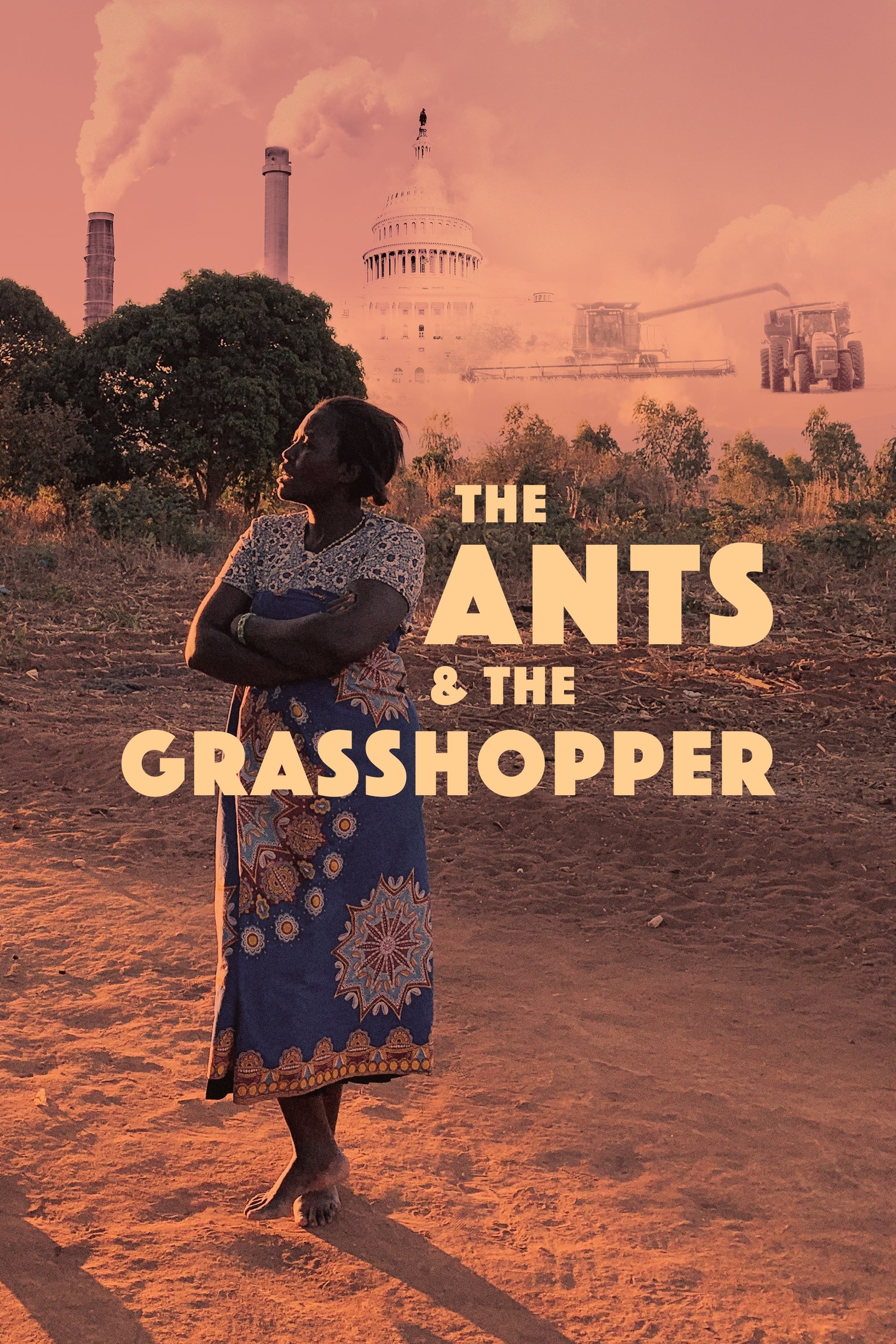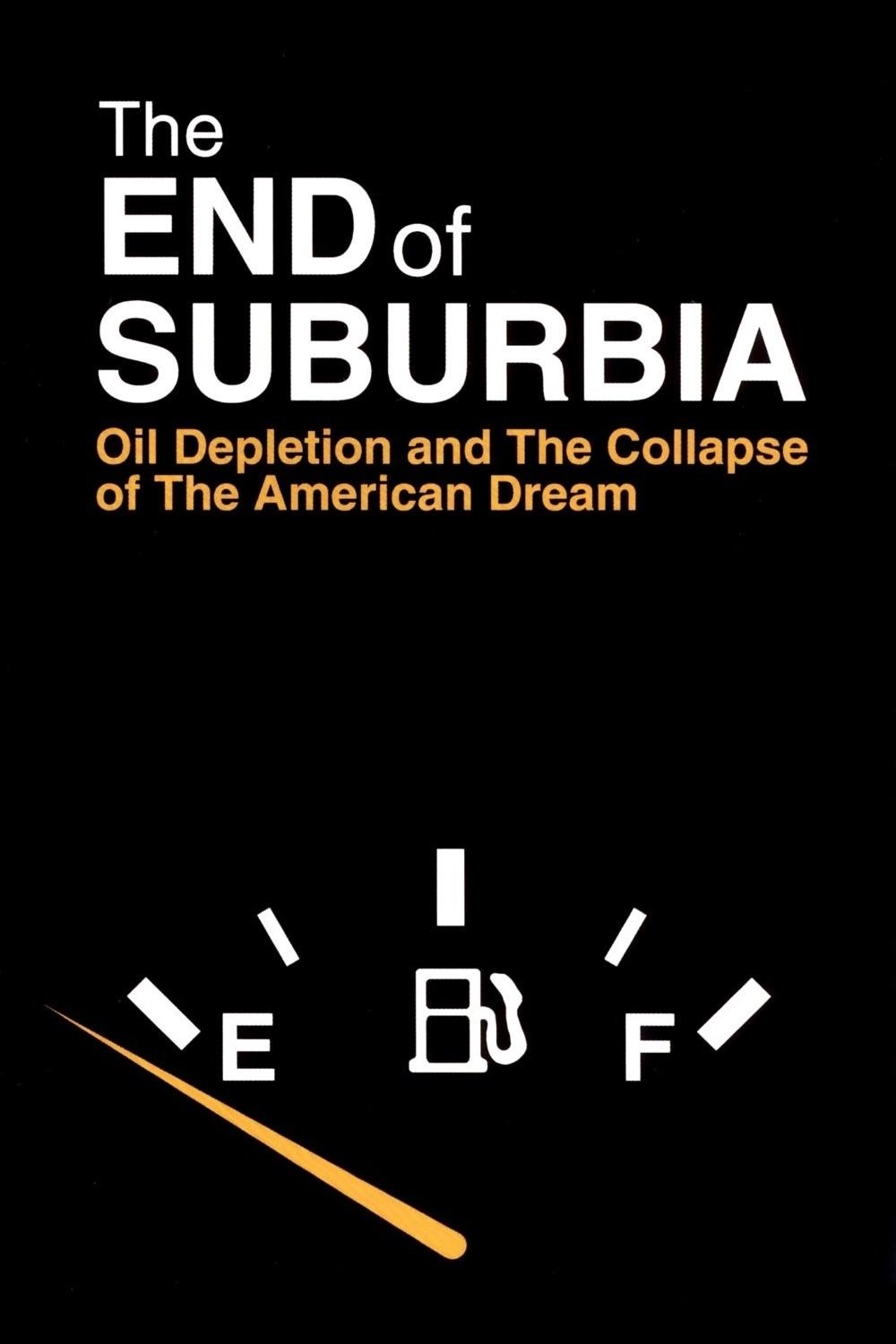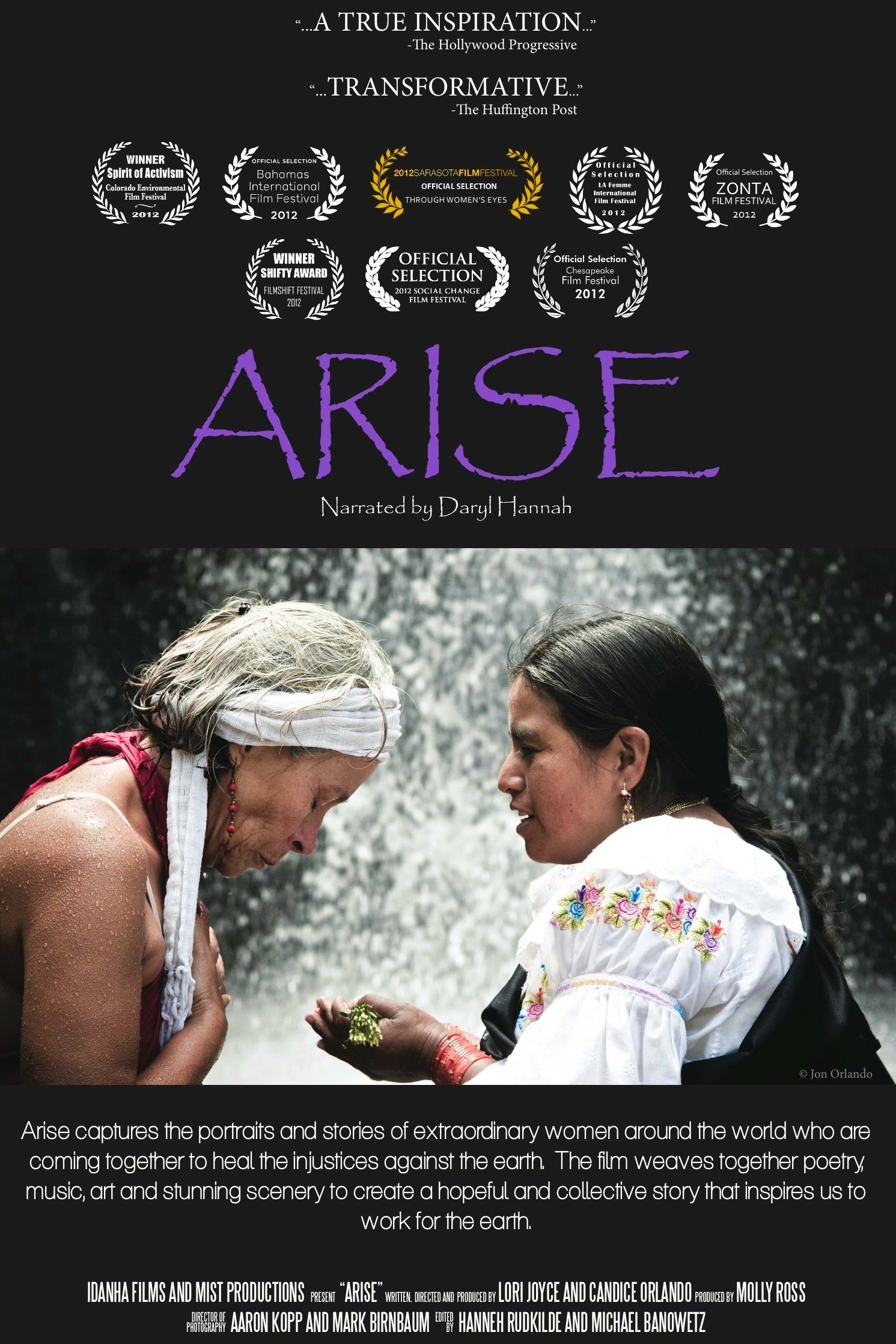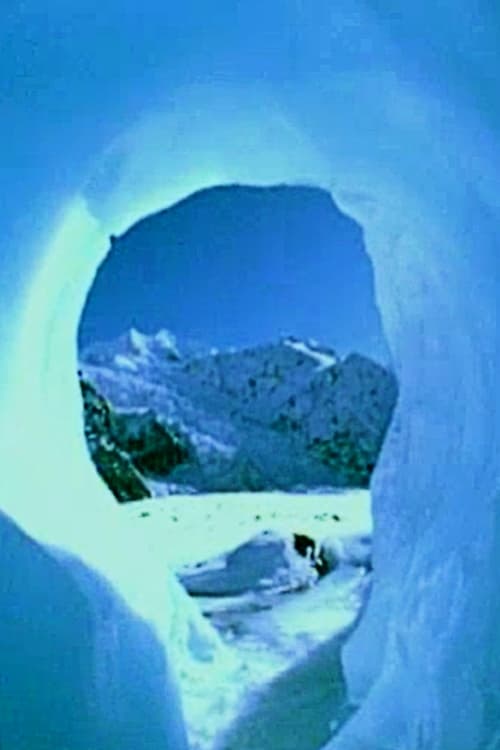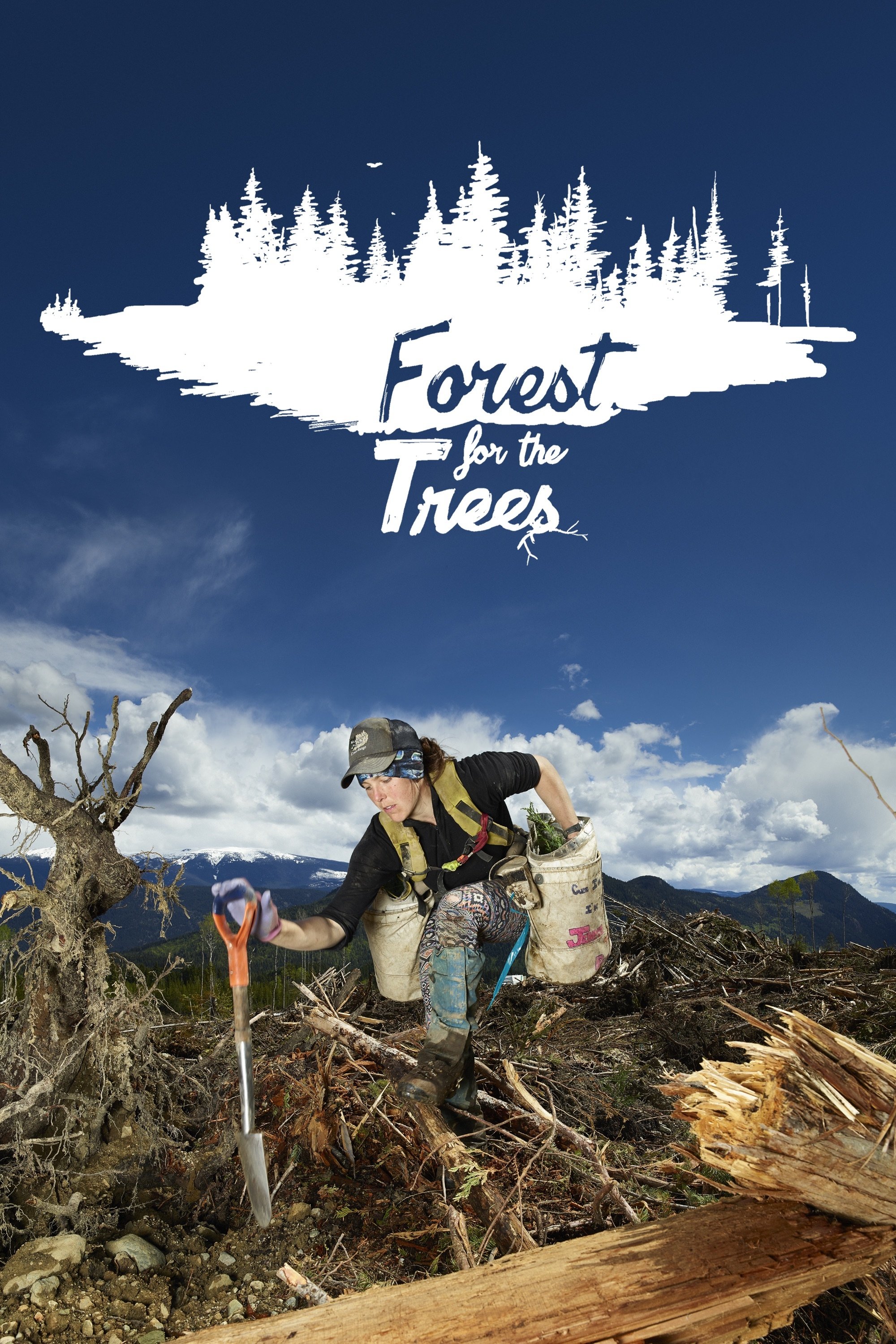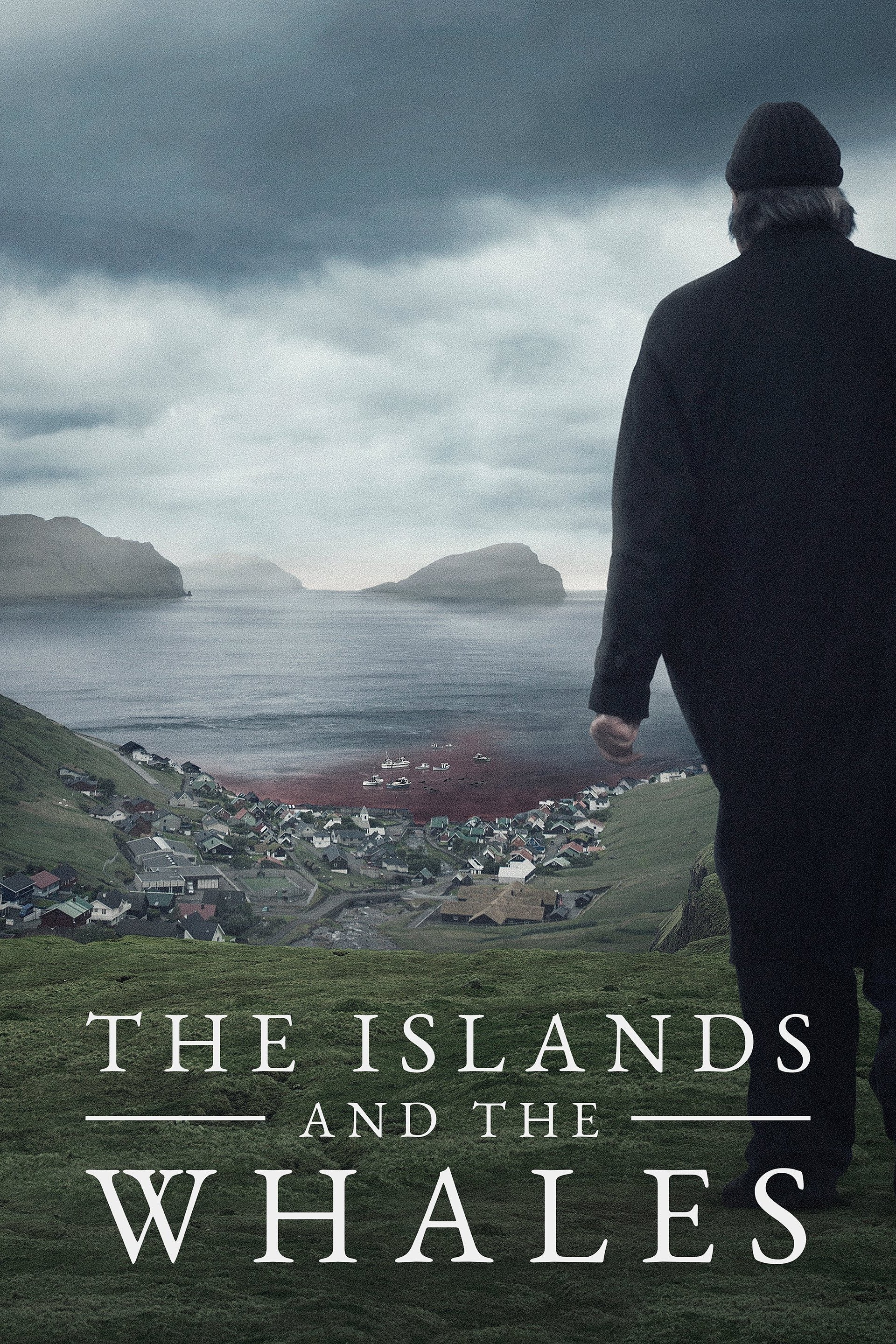
The Islands and the Whales (2016)
Overview
The whale hunters of the Faroe Islands believe that hunting is vital to their way of life, but, when a local professor makes a grim discovery about the effects of marine pollution, environmental changes threaten their way of life forever.
Production Companies
Additional Info
| Budget | $0.00 |
|---|---|
| Revenue | $0.00 |
| Original Language | fo |
| Popularity | 0.2122 |
Directed By
Mike Day
Crew
Mike Day
TOP CAST
Similar Movies
Four Corners: Saving the Amazon
The Amazon plays a vital part in regulating the planet's temperature. Yet, last year, forest destruction in the Brazilian Amazon soared by 85 per cent. Illegal logging and slash-and-burn agriculture are decimating the land. With huge profits to be made, the Amazon is a dangerous place to ask questions. Despite the threat, the Amazonian tribes want the world to hear their message.
La grâce du sillon
A scarecrow wanders in the countryscape of the french department of the Mayenne. It watches secretly over the transformation of the rural world since the end of the peasantry civilization. This film explores the memory of the local landscape that retains traces of ancient heritage. But this memory is endangered.
When Glaciers Go
A diminishing water supply is driving people from their land in a remote region of Nepal. The younger generation of the Gurung family adapts by commuting from their ancestral home, where subsistence depends on grazing goats and cows, to a village that has a commercial apple orchard, fed by irrigation. “We cannot give up cultivating our fields,” a elderly man explains. “The apple farm is not going to be able to feed us easily.” The older generation believes that water shortages stem from road building and bulldozing, upsetting the natural order, a young man explains. Both generations fly prayer flags, beseeching water.
The Shetland Experience
The environmental measures taken by the oil industry at the Sullom Voe terminal in the Shetlands.
Koyaanisqatsi
Takes us to locations all around the US and shows us the heavy toll that modern technology is having on humans and the earth. The visual tone poem contains neither dialogue nor a vocalized narration: its tone is set by the juxtaposition of images and the exceptional music by Philip Glass.
Radio Bikini
It starts with a live radio broadcast from the Bikini Atoll a few days before it is annihilated by a nuclear test. Shows great footage from these times and tells the story of the US Navy Sailors who were exposed to radioactive fallout. One interviewed sailor suffered grotesquely swollen limbs and he is shown being interviewed with enormous left arm and hand.
Tomorrow's Power
Tomorrow’s Power is a feature length documentary that showcases three communities around the world and their responses to economic and environmental emergencies they are facing. In the war-torn, oil-rich Arauca province in Colombia, communities have been building a peace process from the bottom up. In Germany activists are pushing the country to fully divest from fossil-fuel extraction and complete its transition to renewable energy. In Gaza health practitioners are harnessing solar power to battle daily life-threatening energy blackouts in hospitals.
The End of the Line
Examines the devastating effect that overfishing has had on the world's fish populations and argues that drastic action must be taken to reverse these trends. Examines the imminent extinction of bluefin tuna, brought on by increasing western demand for sushi; the impact on marine life resulting in huge overpopulation of jellyfish; and the profound implications of a future world with no fish that would bring certain mass starvation.
The Greenhorns
Armed with a camcorder, farmer-filmmaker-activist Severine von Tscharner Fleming spent two years crisscrossing America, meeting and mobilizing a network of revolutionary young farmers resettling the land. 'The Greenhorns' is an ode to their grit and entrepreneurial spirit, an exploration of sustainable agriculture, and an enticement to reclaim our national soil. The ninety minute feature is the culmination of well over 200 hours of original footage from all regions of the United States, as well as original animation by young urban farmer and artist Brooke Budner, and rare agricultural archival footage from the Prelinger Archives. Ultimately, The Greenhorns shows us how farmers can move out of the margins recent history has consigned them to, and back to the heart of the American food landscape.
Acoustic Ocean
Acoustic Ocean is an artistic exploration of the sonic ecology of marine life in the North Atlantic. Located on the Lofoten Islands in Northern Norway, the video centers on the performance of a marine-biologist diver who is using a life-size model of a submersible equipped with all sorts of hydrophones and recording devices. In this science-fictional quest, her task is to sense the submarine space for acoustic and bioluminescent forms of expression.
Guardian
Guardian chronicles the work of wildlife stewards amid sweeping legislative rollbacks of environmental protections in Canada. Part hermit, part biologist, Guardians live on boats, full-time, in one of the last pristine frontiers of the world to monitor salmon, the backbone of the ecosystem, economy, and culture along British Columbia's coast. But, in an age of science censorship and soaring resource extraction in the form of fracking for oil and natural gas, Guardians and the wildlife they have dedicated their lives to protect are now disappearing.
The Ants and the Grasshopper
Anita Chitaya has a gift: she can help bring abundant food from dead soil, she can make men fight for gender equality, and maybe she can end child hunger in her village. Now, to save her home in Malawi from extreme weather, she faces her greatest challenge: persuading Americans that climate change is real. Traveling from Malawi to California to the White House, she meets climate sceptics and despairing farmers. Her journey takes her across all the divisions that shape the USA: from the rural-urban divide, to schisms of race, class and gender, and to the American exceptionalism that remains a part of the culture. It will take all her skill and experience to help Americans recognise, and free themselves from, a logic that is already destroying the Earth.
The End of Suburbia: Oil Depletion and the Collapse of the American Dream
Since World War II North Americans have invested much of their newfound wealth in suburbia. It has promised a sense of space, affordability, family life and upward mobility. As the population of suburban sprawl has exploded in the past 50 years Suburbia, and all it promises, has become the American Dream. But as we enter the 21st century, serious questions are beginning to emerge...
Arise
A film that captures the portraits and stories of extraordinary women around the world who are coming together to heal the injustices against the earth, weaves together poetry, music, art, and stunning scenery to create a hopeful and collective story that inspires us to work for the earth. The list of impassioned, indefatigable female environmental activists featured in this film includes Winona LaDuke, a Native American who has championed the use of solar and wind power on reservations; Theo Colborn, head of The Endocrine Disruption Exchange, who fights against toxic chemicals in our water supplies; Beverly Grant, who’s created a vibrant farmer’s market in a black neighborhood of Denver, Colo.; Dana Miller, who spearheads an “urban agriculture movement” in the same city; and Vandana Shiva, who champions organic farming in India.
Voices From the Landscape
This docucumentary by John Brett conveys the impressions of cultural loss felt by an elderly Acadian man living on the south shore of Nova Scotia after his homestead has been deserted.
Wilderness: The Last Stand
A look at the mandate and performance of the U.S. Forest Service in the Rocky Mountains of Montana. Through interviews with Forest Service employees, loggers, environmentalists, scientists and politicians, we discover the ever-widening impact of current policy on the human and wildlife communities that depend upon the National Forests for survival. In 1905 the National Forest system was created to protect the remainder of the great woodland ecosystems that once covered America. Yet each year, more and more of these public forests have been sacrificed in the name of commerce. Everyone talks about finding the balance between preserving jobs and protecting the environment, but solutions are long in coming. While we debate, American taxpayers subsidize forest destruction to the tune of 300 million dollars each year.
The Water Cycle
An award-winning short exploring man-made impacts on New Zealand’s water cycle.
Forest for the Trees
Award-winning war photographer Rita Leistner goes back to her roots as a tree planter in the wilderness of British Columbia, offering an inside take on the grueling, sometimes fun and always life-changing experience of restoring Canada’s forests. Leistner, who has photographed some of the world’s most dangerous places, credits the challenge of tree-planting for her physical and mental endurance. In Forest for the Trees, her first feature film, she revisits her past to share the lessons she learned. The film introduces us to everyday life on the “cut-block” and the brave souls who fight through rough terrains and work endless hours to bring our forests to life. The rugged BC landscape comes to life magically in Leistner’s photography, while the quirky characters and nuggets of wisdom shared around the campfire tell a sincere story of community.

